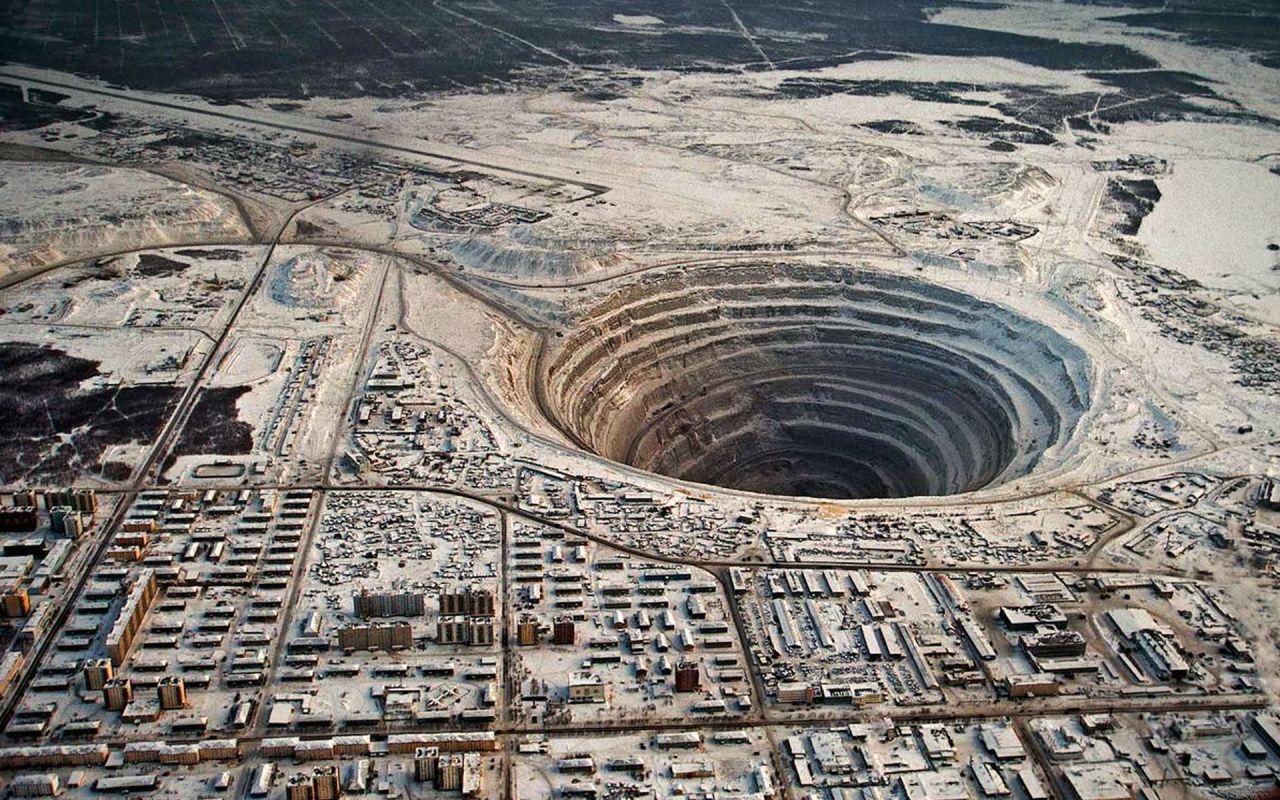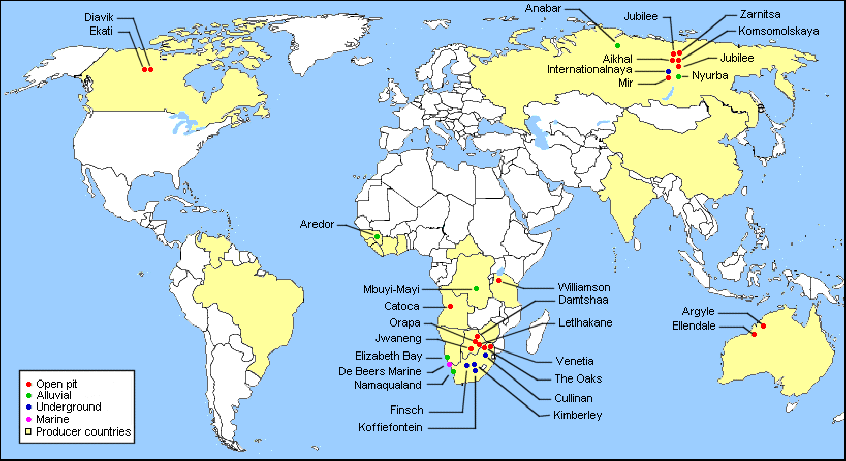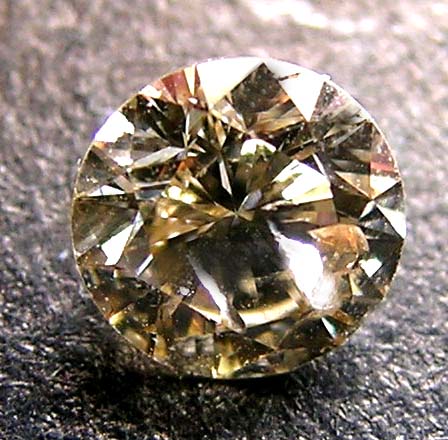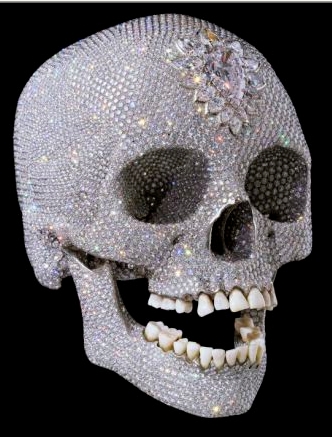Diamonds are found in alluvial deposits in diamond mines in places such as Botswana, Namibia, Canada, Brazil, Venezuela, Russia and Australia.
Diamonds were first discovered in alluvial deposits in southern India about the 9th century BCE, and for centuries India remained the world’s primary source of diamonds. This changed in the 18th century with the discovery of large diamond deposits in Brazil in 1725. Over a century later diamonds were discovered in South Africa, and so began the leadership of South Africa in the diamond trade.
Today diamond mines are found throughout the world. The current leading nations in diamond production are still found in Africa, but other nations are beginning to produce diamonds in the volume in which African nations have been operating for the past century and a half. Three of the world’s leading diamond producing countries are in Africa: Botswana, Namibia and South Africa. The non-African leaders in diamond production include Canada, Brazil, Venezuela, Russia, and Australia.
Canadian diamonds gained a strong foothold in the diamond trade when the politics met up with geology. As large diamond deposits were found in the Canadian Northwest Territories in the 1990s it was concurrently discovered that the nations of Sierre Leone, Angola and The Republic of Congo were using their diamond sales to fund civil war. The branding of such diamonds as “conflict diamonds” gave the new Canadian mines the ethical upper-hand, and so helped to bring Canadian diamonds to the forefront of diamond production. The Canadian diamond mining industry has strict regulations in place, documenting all of the diamonds produced from their mines. In this way these diamonds are assured of being Canadian diamonds, including having a polar bear mark inscribed on the diamonds in order to brand them.
South America is also still producing diamonds in large quantities, almost 300 years since they were first discovered there by western interests. Brazil and Venezuela are the two major diamond producing nations in this area. Newly available technology has allowed more diamond deposits to be mapped, giving this area the ability to remain strong in diamond production.
The world leader of diamond production is still South Africa. For the past century and a half, South Africa has been the world leader in producing and transporting diamonds. It is through South Africa’s mass production, distribution and shrewd business decisions that they remain the world’s diamond leader. It is in South Africa that the diamond industry’s leader, DeBeers is located. Through their ownership of the primary and largest diamond mines in the world, DeBeers is able to control much of the diamond industry. However, diamond deposits in Russia’s Siberia region and the newly discovered deposits in Australia’s Northern and Western Territories are closing the historic diamond production gap.
Credit: http://www.abazias.com/












